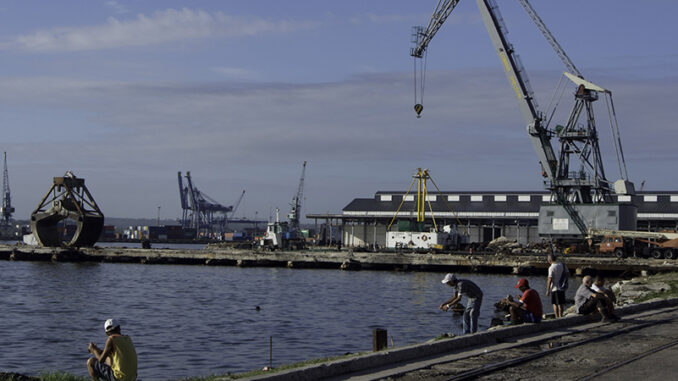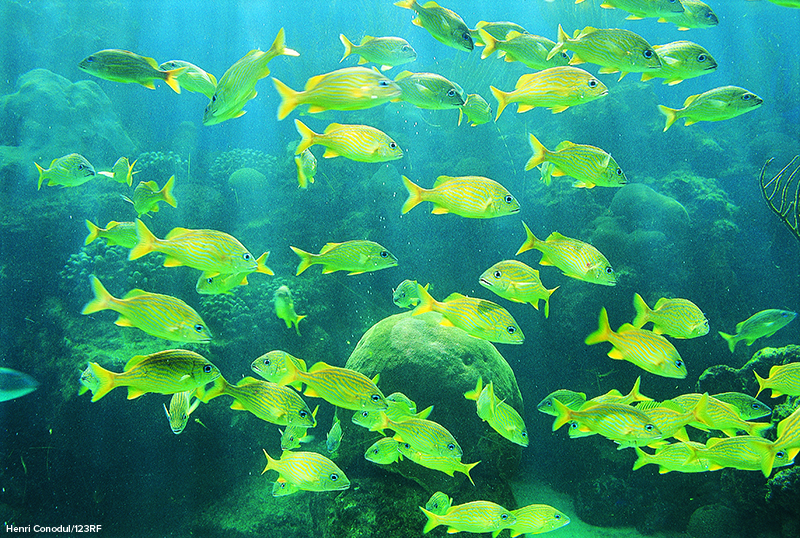
Imagine that you are living in a country that’s facing a massive food shortage. You need to find a way to feed your family. You live by the ocean, yet no one you know is wealthy enough to afford a fishing boat. Many people in Cuba are currently facing this situation. Some Cubans have adopted one solution: building makeshift boats just big enough to hold a fisherman and his or her supplies and bait. Here, btw takes a closer look at these “corcho” rafts and why they are so important to the Cuban people.
Cuba’s Food Shortage
In March 2025, Cuban Prime Minister Manuel Marrero Cruz acknowledged the country’s food shortage, especially the lack of available protein. One major cause of the shortage is that eight out of the nine basic food items that Cubans rely on are imported from other countries.
The Minister of Food Industry, Alberto Lopez Diaz, recently unveiled a plan to increase food production. But the reality is that most Cuban families may still struggle to have enough food to eat. Bread has been rationed, and the current fishing production is only meeting about half of the country’s needs. Most families do not have regular access to staple items such as meat, fish, and eggs.

An Innovative Solution
Complicated rules and high prices make it very difficult for most Cubans to afford to buy even a simple fishing boat. A small boat costs around $30,000, but the average monthly salary for a fisherman in Cuba is just $25. Creative fishermen have taken to building “corchos,” or small, homemade platform rafts. The word “corcho” means “cork” in English.
The rafts are made of polyfoam sheets pressed by aluminum rods and wood. They are about six feet long and five feet wide–just wide enough for the fishermen and their gear. The rafts are moved with the use of oars or, in some cases, small engines. Fishermen say that the rafts float well, even in high waves, and are easy to carry from place to place.
